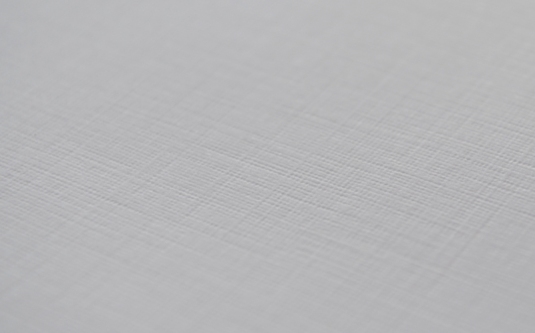Giclée (“g-clay”) prints are professional fine art digital prints. These are the prints which artists use for selling limited edition ‘reproductions’ of their original works.
Photographers can also use Giclée to produce the best quality prints.
It is occasionally the printing process used by digital artists and illustrators to produce prints from digital images where colour balance and accuracy are vital.
Everyday printing techniques seen in magazines, leaflets and posters are NOT Giclée.
The Devil is in the detail
In Giclée printing, Colours are calibrated to accurately match the tonalities and hues of the original painting, details are fine – there is no visible dot screen pattern, and the ink is fade resistant.
To protect your Giclée prints I would recommended that if your print is not covered by glass, a varnish is used to hold full protection against water and light damage. Although inks should be ‘water-fast’ and ‘light-fast’, it may not be enough to protect your print from prolonged or major exposure to the elements.
Giclee printers can produce very small images, right up to an extremely wide format – the only limit on length is the length of the paper or the life of the ink supply!
The correct combination of archival quality pigment inks and papers will ensure the print will stand the test of time, at least 25 years – as long as 100 years in good environmental conditions.
Picture: © Eleanor Winter – www.eleanorwinter.com CC 3.0
Printing from digital files
Of course a digital print is only as good as the digital file. Ensure your files stand the best chance of making a perfect print:
Artists
Scan small items or professionally photograph larger items at the highest possible resolution. If you have a scanned or photographed an image I would advise that you get it digitally enhanced and colour corrected to remove dust and marks and to ensure that the colours are converted for CMYK printing.
Digital art, designs and illustrations
In theory, digital originals are ready to go! If they have been designed to be printed, the images should be clean and crisp, and the colours will have been selected and defined on the computer software whilst creating the artwork.
Once you have your digital files ready, you can print ‘on demand’ any time – any size, any shape, any quantity.
Papers and materials
There are a number of materials and fine art paper that Giclée is compatible with.
They range from photo paper, canvas, fibrous paper such as ‘watercolour’ cotton rag and baryta, vinyl, glass, metal, wood, and much more.
You can experiment with textures and surfaces which can add additional effects and beauty to the finished piece.
Where can I get a Giclée print made?
It can be useful, though not necessary to use a local printer.
If you are regularly producing several prints then it may be more practical to have a local printer where you can call in. It could only be to your advantage to build a relationship or even a partnership with your printer, taking your time to get to know who is reproducing your artwork and being able to get a feel for the quality and care put into the business. You could also potentially save postal costs by collecting your own pieces.
I suggest searching local directories and online for a local printer who specialises in ‘fine art’ Giclée prints.
If you are unable to find somewhere locally then there are lots of very reputable printing companies found on the internet. They will send a proof before printing and can send samples of materials on request.
Picture: © Eleanor Winter – www.eleanorwinter.com CC3.0
Giclée at home?
This isn’t something I have had the luxury to try at home. The technology is basically the same as a standard inkjet but Giclée printers use pigments which are more light-fast and water-fast.
They usually use 8-12 colour cartridges instead of 4 – this is how it produces a much better and more accurate range of colours. But this will of course come at a price, as we all know how expensive ink cartridges can be and how often they need replacing!
You can print onto many formats of art paper and card. Most home printers print at 300 DPI, while Giclée printers can print up to 2800 DPI therefore you don’t get the visible ‘dot’ pattern on your print.
Disadvantages
Quality comes at a cost. Gorgeous materials and professional services are expensive to buy. Giclée printers are few and far between. These prints are for special, desirable pieces which hold value. They make good long term investments.
The alternative
If Giclée seems a bit excessive for a simple gift or personal print, then you can get some great deals online from an enormous choice of printing services – there are more details of this here.






